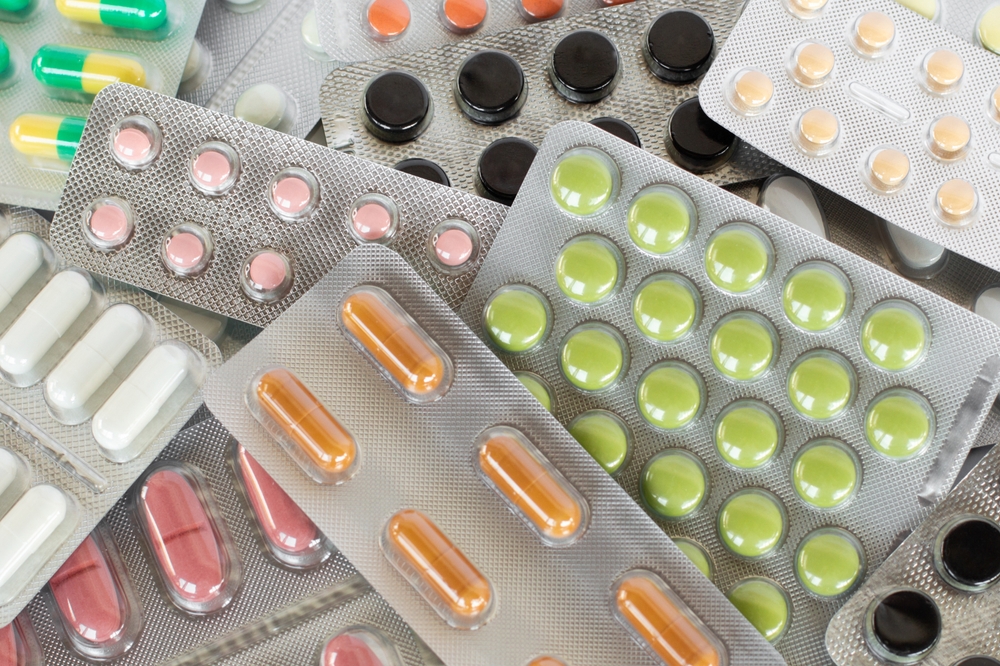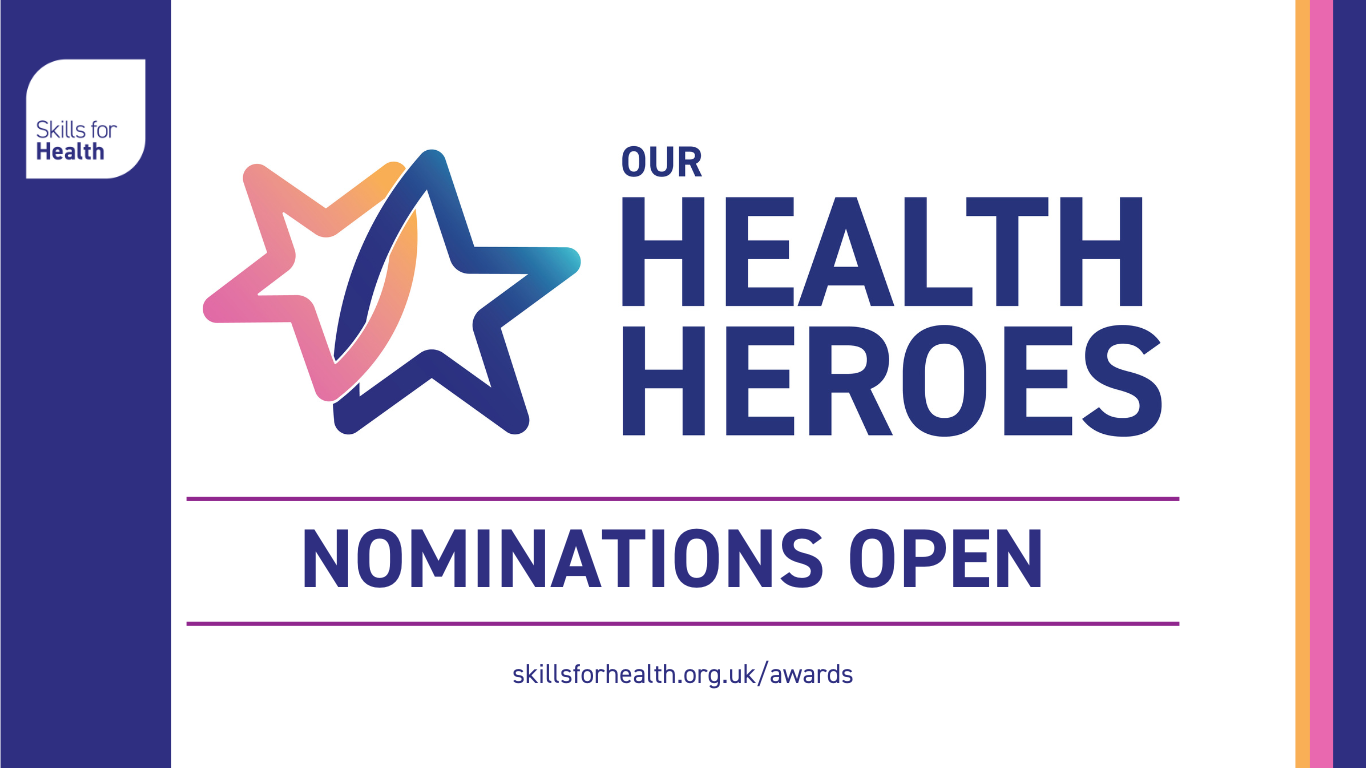The human element in digital transformation: Insights from a CNIO

Building trust, empowering teams, and balancing innovation with patient care are key to successful digital transformation in healthcare, writes Janet Dodd, Chief Nursing Information Officer at Sheffield Children’s NHS FT, who will speak at Digital Health Rewired 2025
As the NHS continues its digital transformation, it’s clear that the promise of technology to improve patient outcomes and streamline processes hinges on more than just the systems themselves. From my experience leading digital initiatives in paediatric care, I have come to understand that successful implementation lies in relationships—relationships between clinical leaders, frontline healthcare workers, and our children and young people and their families. At the heart of this transformation is the recognition that digital systems must not only enhance healthcare processes but must also support the people who use them.
The critical role of clinical leadership
Effective digital transformation cannot be led solely by IT specialists or senior executives; it requires engagement and ownership at all levels, from the clinical team to design and build, to testing and implementation. This engagement ensures that systems are fit for purpose and improves engagement, manages expectations and enables systems to be used to their optimum.
When leadership is inclusive and collaborative, it makes digital transformation feel less like it is being enforced; it should be a change done with colleagues rather to colleagues. This reduces the risk of resistance to change and suboptimal usage, as digital systems are only as good as the people who use them, and the data entered.
Visibility and support are key to trust
One of the most valuable lessons I’ve learned throughout my career is that visibility is paramount. During the rollout of new digital systems, it is really important that the clinical digital team are present, visible, and approachable. This means showing up during early mornings, late nights, and being available for troubleshooting at the bedside when needed. By committing to support our teams in real-time, we can ensure that our clinical colleagues feel safe and can address issues quickly and effectively, enabling them to continue with clinical care. This not only solves immediate problems but also helps build confidence in the system and allow its full potential to be realised. Our superusers have enabled us to provide support over night shifts and weekends which ensures equitable support across all shifts.
Balancing digital innovation with the human touch
While digital tools have great potential in healthcare, they don’t replace the human element of care. One of the most significant challenges in digital transformation is that the clinical decision-making support built into digital systems will not take away all risk of error. It is vital that we remind ourselves that these tools should enhance, not diminish, our clinical knowledge, judgement and ability to care for patients.
We need to ensure that digital innovation supports our ability to focus on what matters most: the well-being and outcome of our children and young people.
The path to complete digital integration
Full digital integration has been a phased approach within our organisation. The aim is to create a system where digital documentation and systems integrate into daily workflows, improving both clinician efficiency and patient outcomes. While we are not there yet, we have laid great foundations for a future where data is easily visible across teams and systems to improve communication, coordination and care delivery.
I have seen how digital documentation can improve communication, streamline processes and reduce errors, but it requires a consistent commitment to embed and optimise how systems are used, to realise their benefits and potential.
Harnessing the power of emerging technologies
As we look toward the future, emerging technologies such as AI and transcription tools offer tremendous promise. AI has the ability to generate patient information, automate administrative tasks, and even transcribe meeting notes, all of which save time and reduce human error. But with great power comes great responsibility. To unlock the full potential of these tools, we must ensure that they are governed by strong policies, used ethically, and continuously improved to meet the needs of clinicians and patients alike.
This means rigorous training, oversight, and a commitment to iterative learning. It’s not enough to introduce these technologies; we must work alongside them, including well after implementation, to ensure they complement the work of our clinical teams.
Collaboration and overcoming resistance
Collaboration is essential for digital transformation to be successful. Networking across trusts or within individual organisations, the sharing of best practices, lessons learned, and strategies for overcoming challenges, are invaluable. Paediatric care, in particular, benefits greatly from collaboration, as it allows us to ensure consistent standards across the NHS and learn from each other’s successes and lessons learnt.
One of the biggest barriers to digital adoption remains anxiety among clinicians who are accustomed to paper-based systems. This is especially true for experienced professionals who have worked for many years with paper processes. The key to overcoming this resistance is providing training, hands-on support, and clear communication about how digital systems will enhance—not replace—their roles. Building trust at the executive level and conducting thorough safety and risk assessments will also go a long way toward making digital adoption feel safer – less of a threat and more of an opportunity.
Looking to the future
As we move forward, I am optimistic about the future of digital transformation in the NHS. In the next four to five years, I believe we will see AI, integrated systems, and enhanced digital tools redefine workflows and improve patient care delivery. But the key to this transformation is balance—ensuring that technology enhances the work of clinicians without undermining and taking away from the personal touch that defines patient care.
The journey ahead will be iterative, and the challenges will remain. But with strong leadership, collaboration, and a commitment to putting people first, the digital future of healthcare is one we can all embrace.
I look forward to sharing more of these insights and experiences at the upcoming Digital Health Rewired Conference on 18-19 March 2025.
Janet Dodd is Chief Nursing Information Officer at Sheffield Children’s NHS FT











